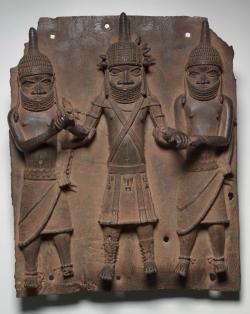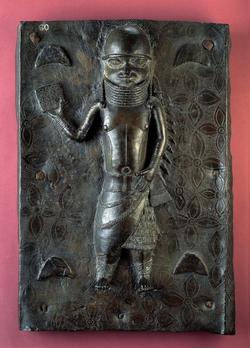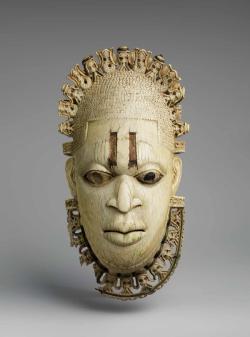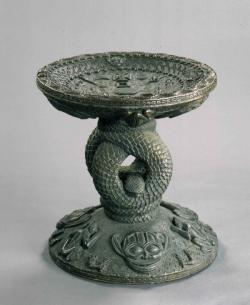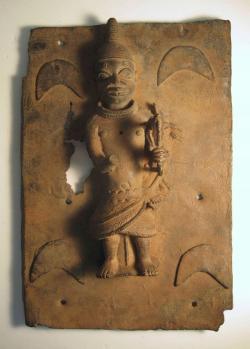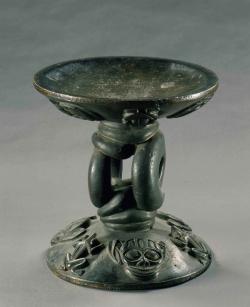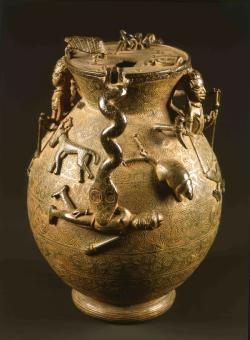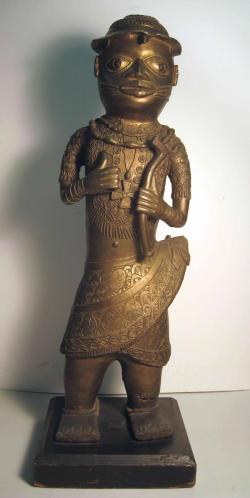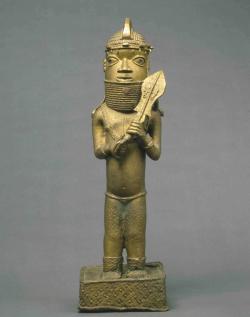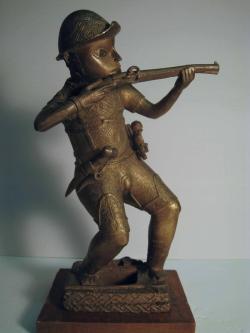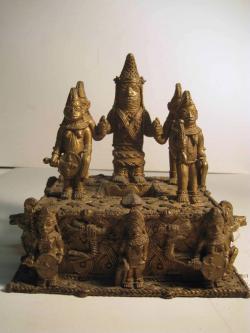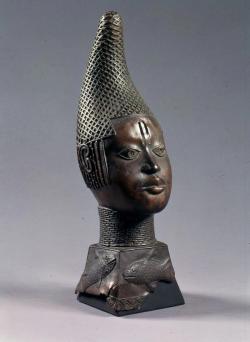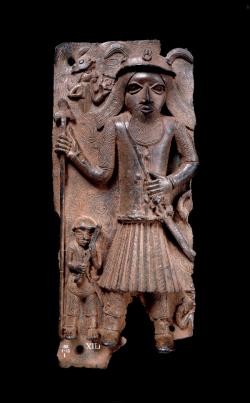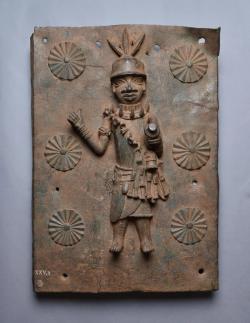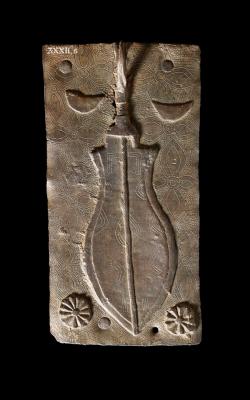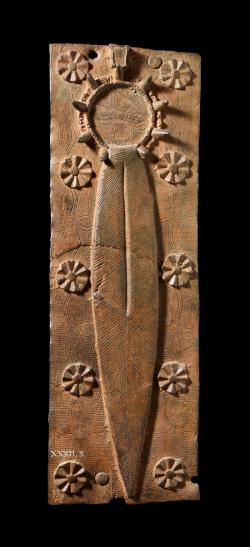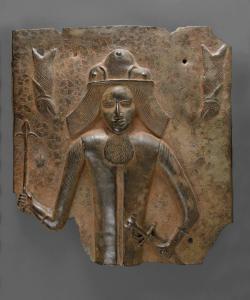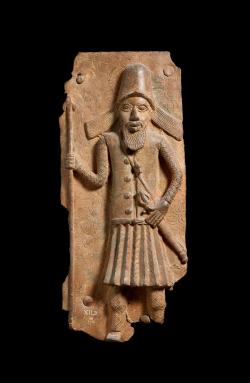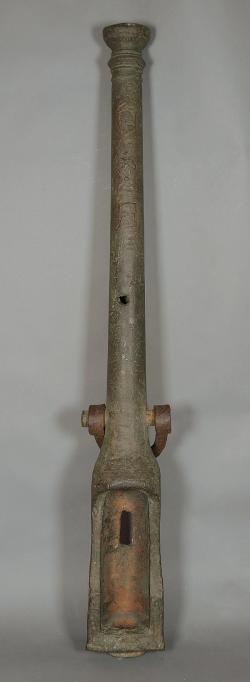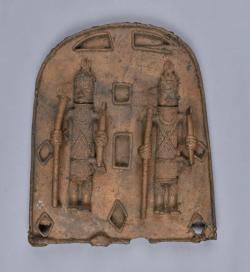Provenance
Moor, Ralph Denham Rayment (1860 - 1909)
Description
Royal Irish Constabulary, 1882–91. Commandant Oil Rivers Protectorate Force, 1891–92. Vice Consul, 1892–96. Commissioner and Consul General of the Niger Coast Protectorate, 1896–1900. British Military Campaign on Benin, 1897. Awarded the order of KCMG in May 1897. High Commissioner, Southern Nigeria, 1900–1903. Organized colonial expedition against the Aro Confederacy, 1901. Committed suicide, 1909. (British Museum website[285]); Phillips, 2021, 178[122]).
Read moreTitles
Consul General
Sir
KCMG
Roles
Member of the British Colonial Military Campaign on Benin, February 1897, Member of the Niger Coast Protectorate Force (NCPF), Collected in the field, Colonial administratorExternal biography links
Contain
Expand
